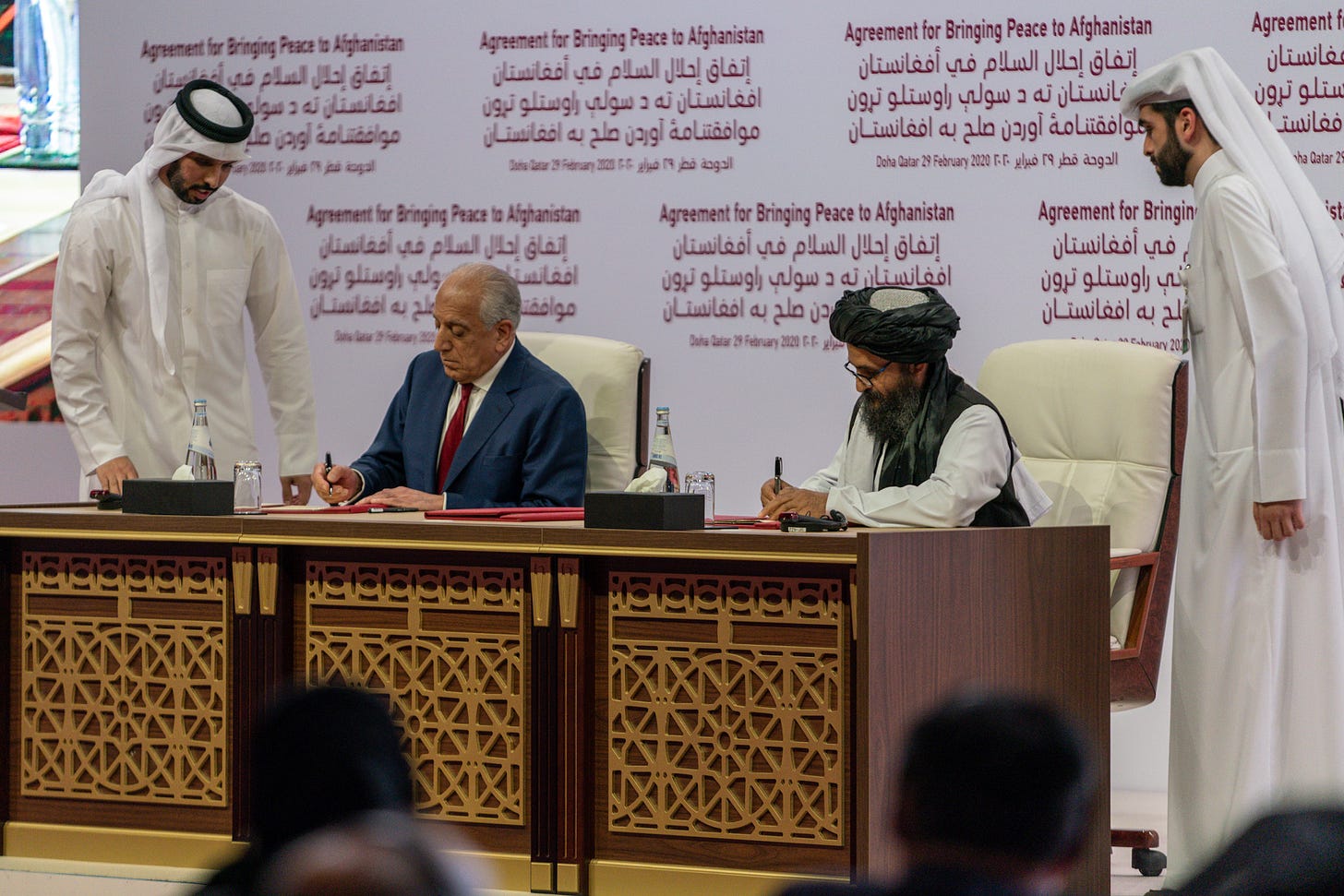
Azmat always liked to play BBC Pashto during our lunch breaks.
“Ok, Will Khan,” he would remind me. “You will need to summarize each news segment.”
It was 20 February 2020, and I was in language…
Keep reading with a 7-day free trial
Subscribe to Grumpy Combat Veteran to keep reading this post and get 7 days of free access to the full post archives.


